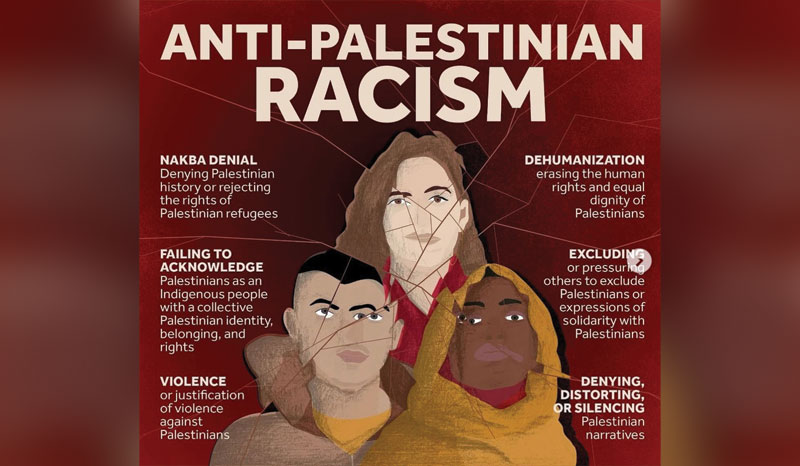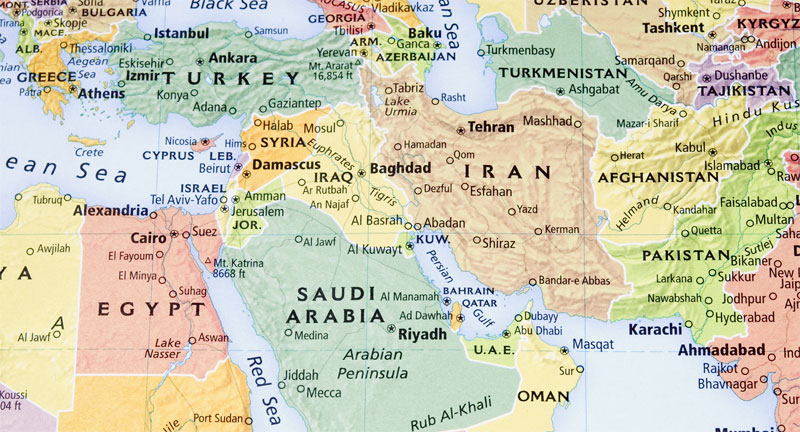These last few months we have seen scenes of bombs falling and troops marching through Iraq. We wish to protect our children from frightening topics, yet they know that a war took place, and that people died in battle. We must discuss death with them now, if we haven’t already done so.
“To everything there is a season, and a time for every purpose under the heavens: a time to be born, and a time to die.” (Ecclesiastes 3:1-2)
The basic themes in Jewish mourning rites are kavod hamet (respect for the person who died) and kavod hachai (respect for those who survive). Many of the traditional customs pertaining to death are presented in the Shulchan Aruch, prepared by Joseph Caro in 1565 in Venice. Yet there are wide variations and practices within Jewish life.
Death, a universal and inevitable process, is faced by people of all ages.
Do not avoid the subject of death in the home, the school or synagogue.
Since the subject matter is so sensitive, the first discussion should ideally take place before a death occurs and should not directly concern the eventual death of a specific person close to the child. Don’t begin by asking, “Have you ever thought about what you will do when I die?” Such an introduction rocks the security of both the adult and the child. Similarly, do not couch your explanation in terms of a dogma, belief or a theology that is difficult for children to understand. Children easily misunderstand abstract concepts and reach erroneous conclusions.
Rather, talking about natural processes is a good way to introduce the concept of death. Change and growth occur each day — from larva to butterfly, from tadpole to frog. New leaves replace the old ones that die. A living tree produces seeds so that life may continue. Point out the diverse forms, shapes and colors of nature, such as bugs, slugs and butterflies. When they are alive, they move. After they die, they are quiet and still.
Alternatively, an experience such as the death of a pet or witnessing death on television is a good springboard into a discussion about how animals live and die and its accompanying sadness. You should emphasize that, while separation is sad and painful, it is an essential part of life and nature.
Children are confronted with the reality of death each day in the news, on TV and on the radio, in words or in songs. It is not a question of whether they should have death education. The question is how families and synagogues will provide it. When a loved one dies, good mental health requires not the denial of tragedy, but the frank acknowledgment of painful separation.
Do not discourage the emotions of children’s grief.
Grief is an emotion, not a disease. It is as natural as crying when hurt, eating when hungry, sleeping when weary. Grief is nature’s way of healing a broken heart.
Children undergo many emotional reactions to death, as do mature adults. They have needs that must not be overlooked and feelings that must be fully expressed. Repressed emotions lead to further distress and even mental illness. It is vital that those painful sentiments be expressed when first experienced.
A Yiddish proverb tells us, “Not to have had pain is not to have been human.”
Do not tell youngsters something that they will need to unlearn.
Fairy tales and half-truths are not proper explanations for the mystery of death. Never cover up with a fiction or a confusing interpretation what you will someday repudiate. For example, to say “Your daddy has gone away on a long journey” is to give the impression that he may someday return. Similarly, to say “God took your young mother because God needs good people” is contrary to Jewish theology as seen in Book of Job. Good people do die young; so do evil people. Unhealthy explanations can create fear, doubt and guilt, and encourage flights of fancy that are far more bizarre than reality. There is no greater need for children than trust and truth. Do not place unnecessary burdens upon youngsters.
The living child cannot replace the dead sibling. When a parent dies, a youngster does not suddenly become the “man” or “woman” of the house. Children should be encouraged to be with their friends and to assume their usual activities.
Do not avoid talking about the person who died.
The child needs to talk, not just to be talked to. Be willing to listen. If only given the opportunity, many youngsters have an insatiable need to pour out their feelings. Ask questions such as, “What are you thinking about now?” “What frightens you?” “What would you like to do together?” Recall not only the sad moment of death but the wonderful shared memories of when the loved one was alive.
Do express your own emotions of grief.
If you repress your feelings, your children are more likely to hold their own emotions at bay. Children receive permission to mourn from adults. Rabbi Joshua Liebman, in his book, “Peace of Mind” (Simon & Schuster, 1946) wrote, “A child can stand tears but not treachery; sorrow but not deceit.” To be able to show grief openly and to mourn without fear or embarrassment helps both children and parents to accept the naturalness and pain of death. Denial, numbness, anger, tears and despair are normal reactions to the loss of a loved one for people of all ages.
Do be honest about your own limitations.
You do not diminish yourself in your children’s estimation when you tell them you do not have all the answers. They probably realized this a long time ago. Adults are not all-powerful and all-knowing. You demonstrate maturity when you display honest uncertainty. It is far healthier for you and your children to seek understanding together rather than to attempt to protect parental authority with glib half-truths, evasions, and omniscience.
Don’t be didactic; leave the door open.
You might help the child struggle with the problem by saying, “Lots of people think about death in different ways. But no one has the final answers. Tell me what you think.”
Your children will both challenge and help you. In your quest to find answers for them, you may discover explanations for yourself. Their honest and direct doubts may compel you to come to terms with your own thoughts and feelings. Not all questions have final answers. Unanswered problems are part of life.
Do encourage a child to participate in his/her family’s sorrow.
Children, too, need to express their emotions through the ceremonies of death-the visitation, the funeral, the shiva, the burial. They should be told that a funeral is a significant occasion to say goodbye, shalom, to one who died. Explain the funeral arrangements and the meaning of our age-hallowed rituals and traditions.
No matter how helpful and therapeutic the funeral might be, children should not be forced to attend. If apprehensive youngsters elect to remain at home, don’t place any “shaming” pressures upon them or insinuate that they did not love the person who died. Gently suggest that together you might visit the cemetery at another time. Be sensitive to the age, level and needs of each child.
Do explain that the sorrow of death continues past the yahrtzeit (anniversary of death).
Judaism does attempt to limit mourning to the given periods of traditional observance. That is why Psalm 23 says: “Yea, though I walk through the valley of the shadow of death.” The important words are “walk through.” You cannot remain in perpetual grief. Death, “the loss of innocence,” can either lead you to the edge of the abyss and threaten your existence with meaninglessness and futility or help you and your children start to build a bridge that spans the chasm with those things of life that still count — memory, family, friendship, love. Whatever your concept of a hereafter for your beloved, Judaism requires that you strive to find purpose in this world. When you have sorted out your own feelings, you will be better able to understand your troubled children who come to you filled with questions and beset with fears. The real challenge is not just to explain death to your children but how to make peace with it yourself.
Reprinted from JewishFamily.com, a service of Jewish Family & Life.
Earl A. Grollman was the rabbi of the Beth El Temple Center in Belmont, Mass., for 36 years. He wrote “Talking About Death: A Decalogue Between Parent and Child” (Beacon Press, 1990),” which won the UNESCO Award, and “Straight Talk About Death for Teenagers” (Beacon Press, 1993).






















 More news and opinions than at a Shabbat dinner, right in your inbox.
More news and opinions than at a Shabbat dinner, right in your inbox.